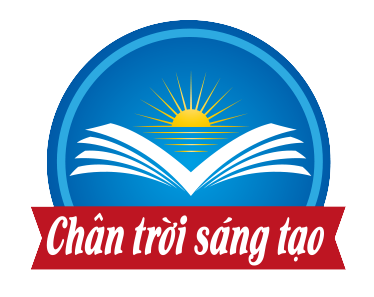(Page 49)
VII. COMMUNICATION AND CULTURE / CLIL
Everyday English
Giving and responding to compliments
1. Listen and complete the conversation with the expressions in the box. Then practise it in pairs. 🎧
A. I'm glad you like it
C. You gave the best presentation
B. I appreciate the compliment
D. It's excellent
Linda: I was at the workshop at the ASEAN Youth Volunteer Conference. (1) _____!
Hoa: (2) _____, Linda. I worked really hard to prepare for it.
Linda: It was also well organised. And I noticed that your English has improved a lot. (3) _____!
Hoa: Thank you. (4) _____.
2. Work in pairs. Use the model in 1 to make similar conversations for these situations. One of you is Student A, the other is Student B. Use the expressions below to help you.
1. Student A has completed an excellent report on ASEAN. Student B gives compliments and Student A responds.
2. Student B has organised a workshop on skills for future leaders in ASEAN. Student A gives compliments and Student B responds.
| Useful expressions |
| Giving compliments | Responding to compliments |
| Nice work! Well done! You did a really good job! This is excellent. You are so good with...! You are a great presenter! I love your ...! | Thanks for saying that. I appreciate that. Thank you. That means a lot to me. I'm grateful for the kind words. I'm (so) pleased to hear that. |
(Page 50)
Culture
1. Read the text and complete the table below.
New Year Festivals in ASEAN
In ASEAN, besides welcoming; the New Year on January 1, there are several cultures that celebrate New Year's Day later in the year. For example, Viet Nam, Singapore, Indonesia and parts of Malaysia follow the lunar calendar so their New Year festivities often take place in January or February. Lunar New Year is a time for them to honour ancestors, get together with family and friends, have a big family meal, and wish one another prosperity for the year to come. The streets and houses are decorated, and fireworks are lit to scare away bad luck. There are also parades, street parties, and art performances in the new year celebrations. People in Laos, Cambodia, Thailand, and Myanmar celebrate the arrival of the New Year according to the Buddhist calendar. Their New Year's celebrations are in April. People in these countries follow traditions such as offering rice to Buddhist monks to show their respect and receiving wishes for good luck and health from them. They decorate their homes, cook traditional dishes, and splash each other with water. There are also art performances, folk games, and dancing. In these cultures, it is believed that water will wash away bad luck and ill health from the old year and allow people to start the new year fresh.
| Lunar New Year | Buddhist calendar | |
| Countries | (1) __________ | Laos, Cambodia, Thailand & Myanmar |
| Time | January or February | (2) ___________ |
| Activities | (3) __________ | (4) ___________ |
2. Work in pairs. Discuss the similarities and differences between the New Year Festivals in Viet Nam and other ASEAN
N countries.

























